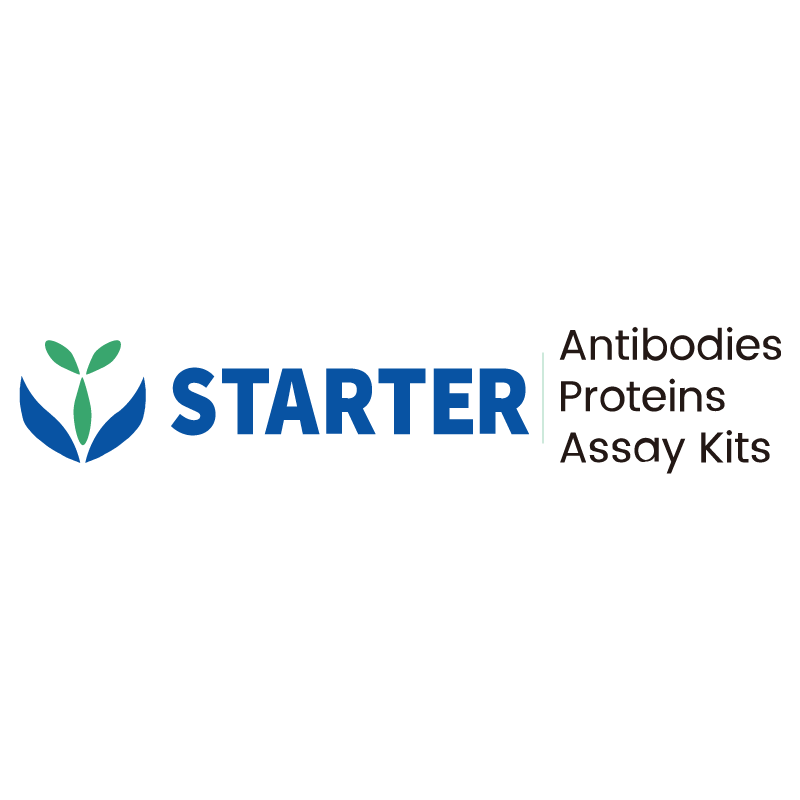Flow cytometric analysis of C57BL/6 mouse splenocytes, treated 3 days with 500 ng/ml Concanavalin A (Right panel) or untreated (Left panel), labeling CD80 at 1/200 dilution (1 μg). Goat Anti - Armenian hamster IgG Alexa Fluor® 488 was used as the secondary antibody. Then cells were stained with CD19 - Brilliant Violet 421™ antibody separately.
Product Details
Product Details
Product Specification
| Host | Armenian hamster |
| Antigen | CD80 |
| Synonyms | T-lymphocyte activation antigen CD80; Activation B7-1 antigen (B7); B7; Cd80 |
| Location | Cell membrane |
| Accession | Q00609 |
| Clone Number | S-R520 |
| Antibody Type | Recombinant mAb |
| Isotype | IgG |
| Application | FCM |
| Reactivity | Ms |
| Purification | Protein G |
| Concentration | 2 mg/ml |
| Conjugation | Unconjugated |
| Physical Appearance | Liquid |
| Storage Buffer | PBS pH7.4 |
| Stability & Storage | 12 months from date of receipt / reconstitution, 2 to 8 °C as supplied |
Dilution
| application | dilution | species |
| FCM | 1:200 | Ms |
Background
CD80, also known as B7-1, is a co - stimulatory molecule expressed on antigen - presenting cells(APCs)such as dendritic cells,macrophages and B cells. It plays a crucial role in the immune response by interacting with CD28 on T cells to provide a co - stimulatory signal necessary for T cell activation,thereby promoting T cell proliferation and differentiation. Additionally,CD80 can also bind to CTLA – 4, an inhibitory receptor on T cells,which acts as a negative regulator of T cell activation. This binding can inhibit the immune response and maintain immune tolerance. Moreover,CD80 - CD28 interaction is involved in the regulation of various immune - related processes,including the formation of immunological synapses and the regulation of cytokine production.
Picture
Picture
FC


